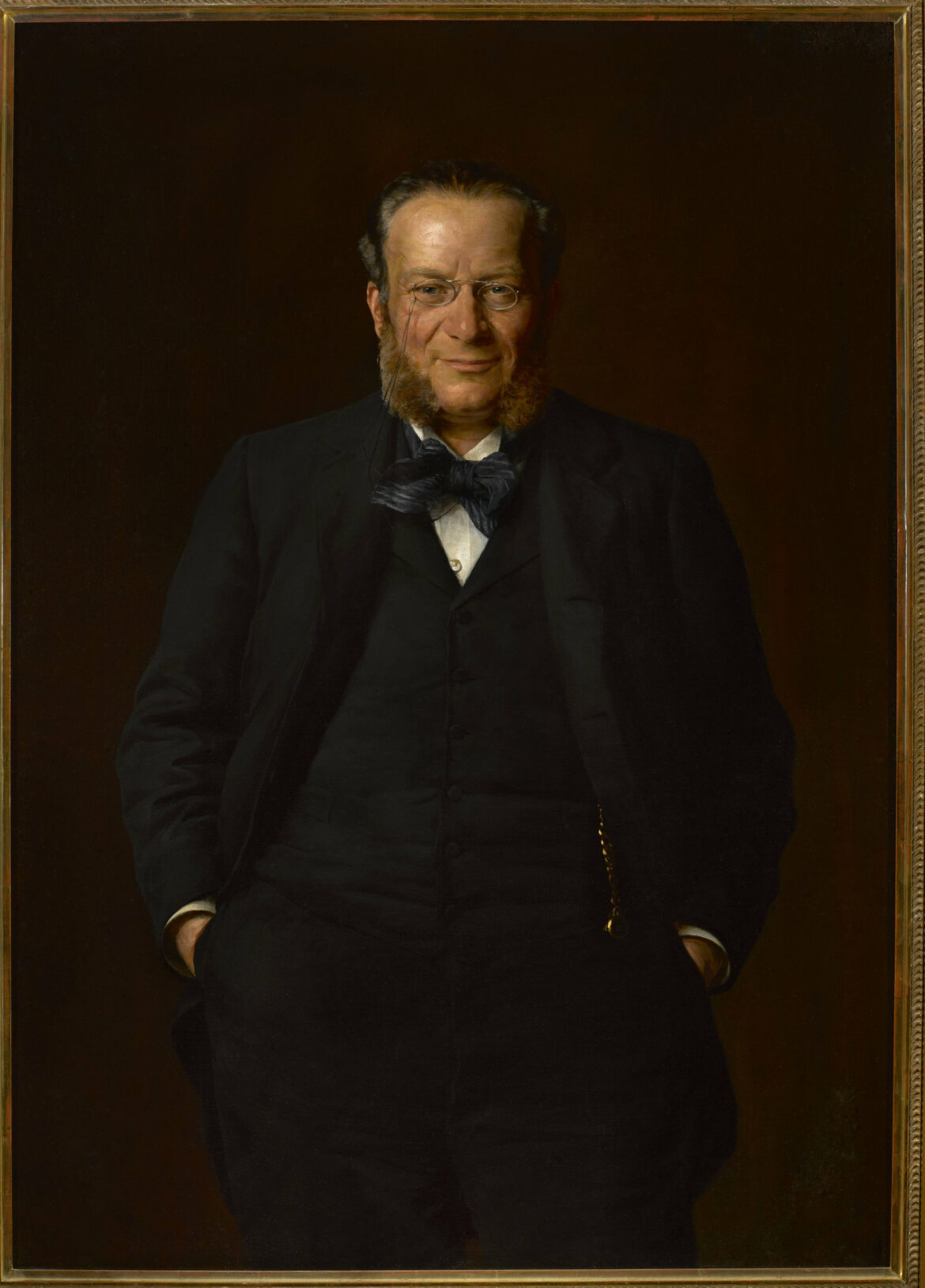Hipolit Wawelberg was born on May 8, 1843, in Warsaw to a wealthy Jewish family. After the outbreak of the January Uprising, he left his studies at the Agronomic Institute and joined the partisans, but in order to avoid repression, he quickly left them for trade studies in Berlin. In 1869, he married Ludwika Bersohn, the daughter of a Warsaw factory owner, and then left for St. Petersburg to run a branch of the family bank.
Soon he began his philanthropic activity. He organized cheap kitchens for the poor, published the monthly “Kraj” for Poles, and made donations for the purchase of land in Argentina for Jewish colonists from Poland. He was most active in Warsaw. He supported the publishing of the “Polish Courier”, financed vocational schools, the printing of works by Polish writers, the maintenance of a children’s hospital and the construction of a monument to Adam Mickiewicz. He founded various scholarships. He founded the Summer Camp Society for poor children and bought an estate in Ciechocinek for this purpose.
Together with his brother-in-law, Stanisław Rotwand, they co-founded the Museum of Industry and Agriculture and the Museum of Crafts and Applied Arts in Warsaw. In 1895, they both founded the famous technical school. In 1897, Wawelberg and his wife established the Cheap Houses Foundation in Warsaw, which built apartments for workers and young intelligentsia. As early as 1899, the first estate in Wola was commissioned, consisting of four tenement houses with toilets, running water, lighting, a laundry room, an orphanage, a club for residents, a bathhouse and several commercial premises.
In the four-year Mechanical and Technical School of Wawelberg and Rotwand, the founders initially covered the cost of tuition fees for almost half of the students. Hippolytus died in 1901, but his work continued for half a century. The school taught mechanics and electricians, from 1906 in Polish. In 1929, it gained the rank of a university as the Higher Engineering School. Its almost 5,000 graduates had a significant impact on the economic development of Poland.





